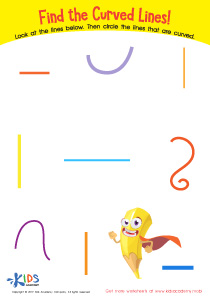Preschool Free Phonics Worksheets
74 filtered results
-
From - To
Preschool Phonics Worksheets
Our Phonics Worksheets are specially designed for your preschooler to make learning the basics of phonics fun! These worksheets are the perfect way to introduce your child to the world of spelling and reading. This set includes colorful and engaging activities that focus on short vowels, long vowels, blends, digraphs and more. A great way to help your little one get ready for kindergarten, these worksheets help your child practice phonemic awareness, spelling, and reading readiness. Pick up our Phonics Worksheets to make learning fun and help your toddler develop a strong foundation in literacy.


Letter Q Sounds Worksheet


Beginning Sounds Worksheet


Letter K Sounds Worksheet
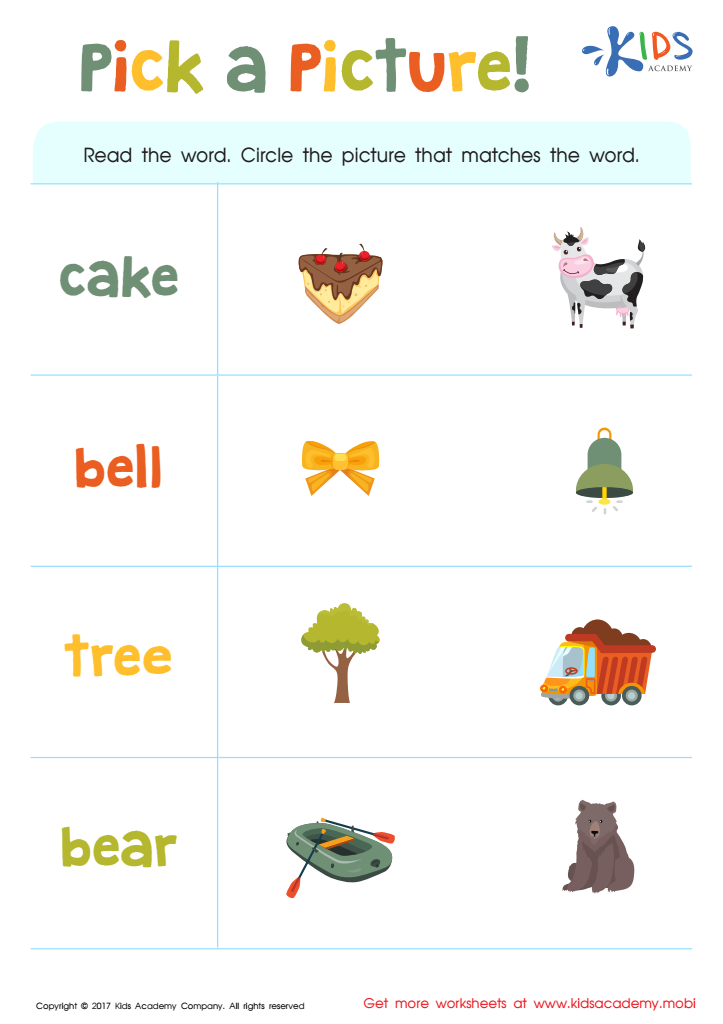

Pick a Picture Word Recognition Worksheet


Beginning Sound: Find Pairs Worksheet


Words: Assessment 2 Worksheet


Name Those Clothes Worksheet
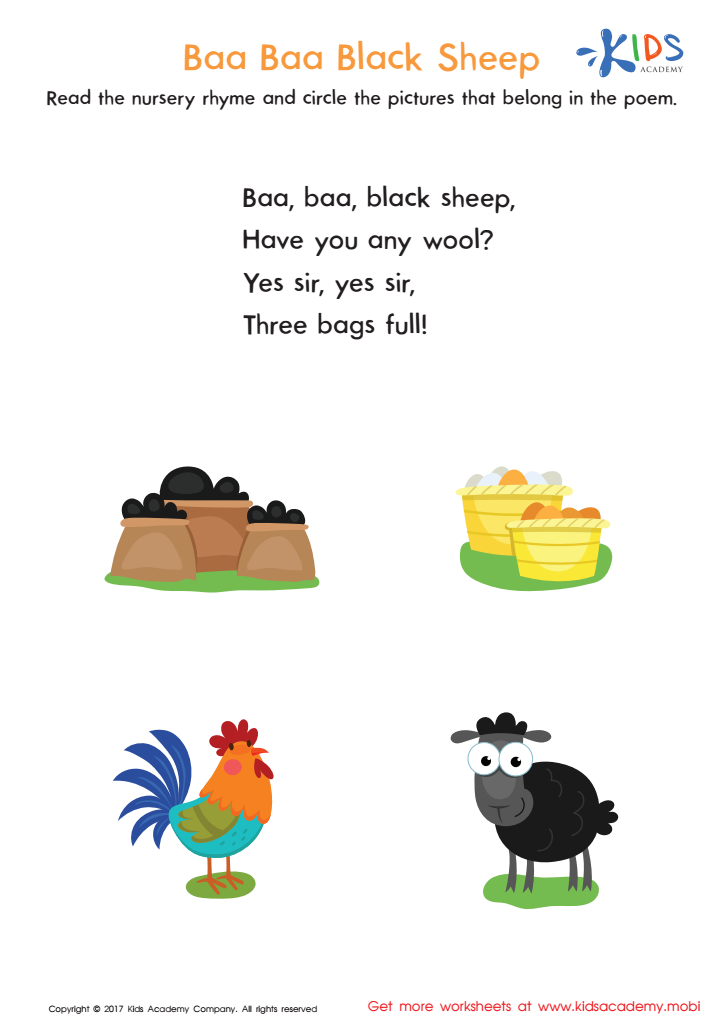

Baa Baa Black Sheep Printable
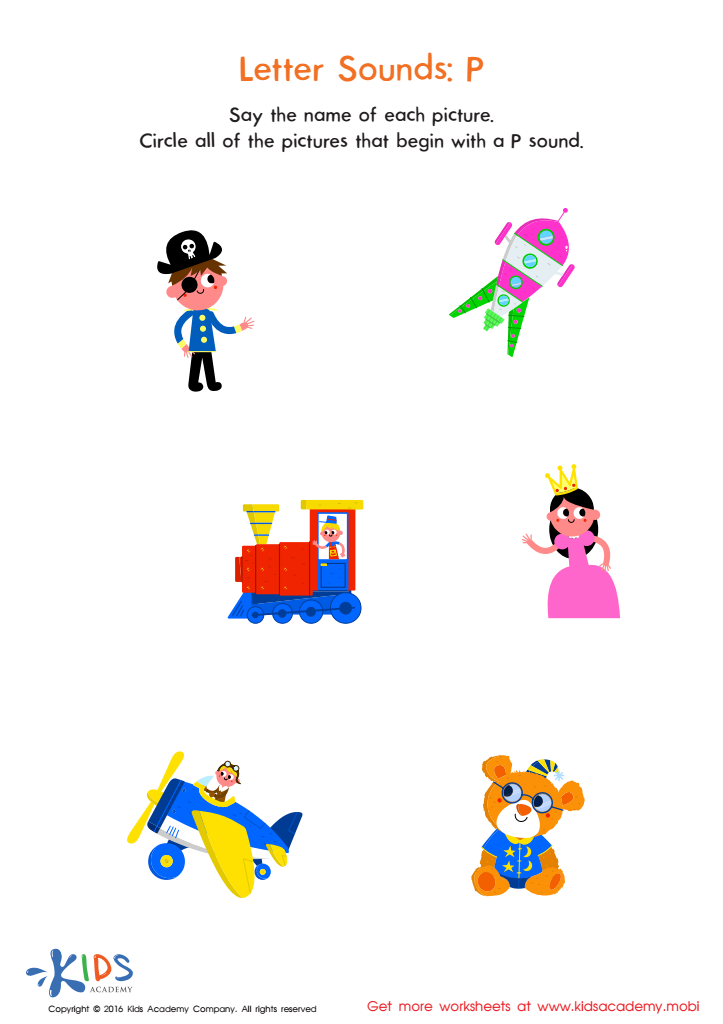

Letter P Sound Worksheet


My Colorful Name Worksheet


Letter B and C Sounds Worksheet


Letter N and O Sounds Worksheet


Phonological Awareness: Assessment 2 ELA Worksheet


Letter V and W Sounds Worksheet
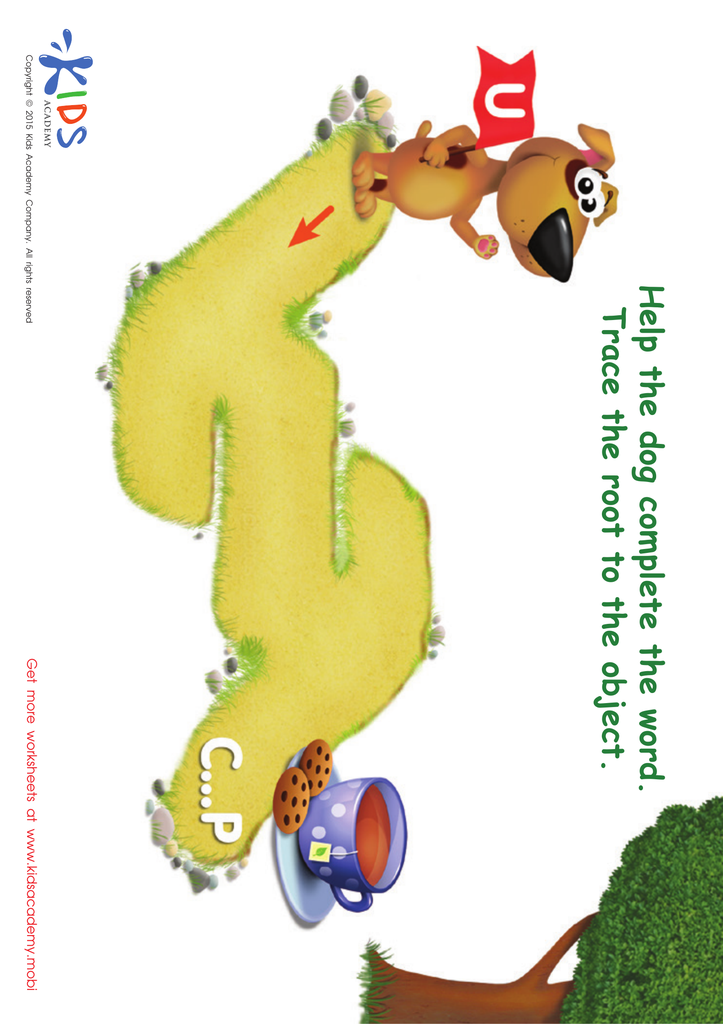

Short Vowel Sound U Worksheet Worksheet


Letter A Sounds Worksheet


What Sound Is it? Worksheet


Long Vowel Sound A Worksheet


Opposite Day Worksheet


Letter Sounds: J Printable Worksheet


Rhyming Words Rhyming Worksheet


Words: Asessment 3 Worksheet


Letter U Sounds Worksheet


Words: Assessment 4 Worksheet
The Importance of Phonics Worksheets in Early Childhood Education
Worksheets are an essential part of any school curriculum and even more so when it comes to teaching young children how to read and write. Phonics Worksheets are especially useful for kids in the preschool grade as they provide a fun and interactive way to learn the sounds associated with each letter, and how to combine those sounds to form words. Not only this, but worksheets can allow kids to practice and develop their literacy skills in a fun and effective way.
With Phonics Worksheets, kids get the opportunity to learn their letters in a vibrant and exciting way. Smaller versions of letters can be used to create word families, helping children to recognize letter patterns for words such as ‘cat’, ‘hat’ and ‘rat’. Simple games such as matching letters and practicing letter formation can be used as a way to test their understanding and learning. Rewarding children with fun titles and activities after they complete their tasks can be a great way to help them stay motivated, so they remain engaged and continue to make progress in the classroom. This is something that the kids will look forward to at the end of a lesson or homework activity.
Using worksheets to support the introduction of phonics in the classroom can be a great way to promote the learning of reading and writing fundamentals. Through Phonics Worksheets, students can learn letter recognition, rhymes and sounds, plus syllables. As they begin recognizing the sounds and letter combinations associated with each particular word, they begin understanding language and the building blocks of syllables, pronunciation and comprehension. As their skillset develops, their knowledge of phonics increases, helping children to become successful readers.
Visual worksheets can also help to make sure that lessons are more engaging for reluctant readers and writers. Interactive activities such as colouring in, tracing words and drawing pictures can be used to help understand the phonics of the words. Often, these activities are seen as fun, which helps to boost confidence and a positive attitude towards the work they are being asked to do.
One of the main benefits of using worksheets is that the activities can be adapted to different abilities. Teachers can use differentiated instruction to provide activities that help children who are on different levels of learning, so they are all learning from the same worksheet but at their own level.

 Assign to the classroom
Assign to the classroom




